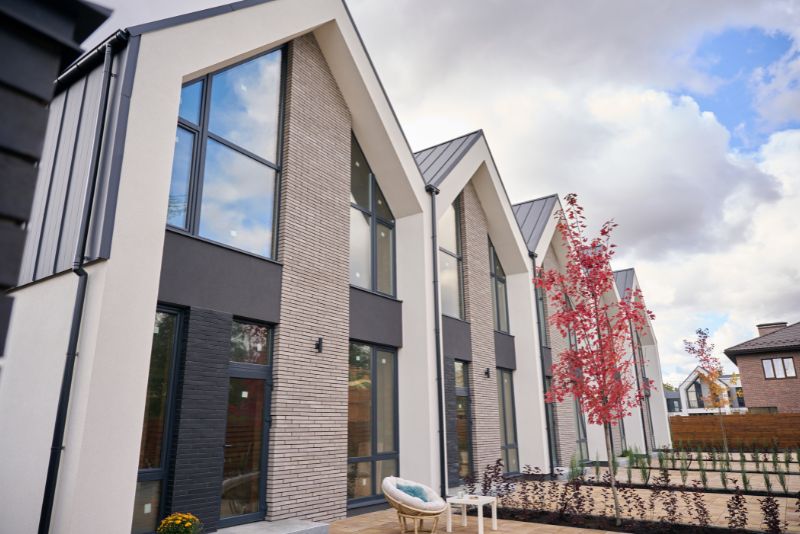When contemplating the installation of a residential lift, it’s pivotal to make an informed decision that aligns with your future requirements and ensures the accessibility of your dwelling for individuals of all ages and capabilities. Recognising the investment a residential lift represents, acquiring thorough knowledge about what you’re obtaining and the expectations from your lift supplier is crucial. Here are seven critical enquiries to make prior to committing to a lift purchase.
1) Which Lift Suits My Needs Best?
Identify the most suitable lift for your specific needs by consulting your lift supplier. The market boasts a diverse array of residential lifts, catering to different requirements – from compact lifts for two individuals to more substantial options accommodating up to five people, including wheelchair users. Engaging in a detailed discussion about your needs with your lift supplier can lead to a recommendation that perfectly matches your requirements. While personal research is beneficial, leveraging the expertise of seasoned professionals in the lift industry, who possess extensive experience, ensures you receive tailored and expert advice.
2) Can It Be Customised?
Given the unique architectural and aesthetic nuances of each home, the ability to customise your lift is essential. Investigate the possibility of customising the lift to seamlessly integrate with your home’s interior and exterior. Many suppliers offer a variety of customisation options, including colour choices and materials, ensuring the lift complements your personal style and home decor.
3) What Are The Space Requirements?
Understanding the spatial requirements for your lift is essential before making a selection. The space needed varies significantly based on the lift’s type, size, and model. Moreover, the installation location (internal or external) impacts the space utilisation within your home. Consulting with your lift provider for precise measurements and options can clarify how the lift will fit into your existing layout.
4) What Is The Cost?
The financial aspect of installing a home lift is a critical consideration. The cost is influenced by various factors including the lift’s type, size, and the associated construction work required for installation. Setting a budget early in the process ensures you select a lift that aligns with your financial expectations. Engage with your lift provider to understand the cost of installing a home lift.
5) How Will Installation Impact Home Access?
The installation timeframe can vary, potentially affecting access to parts of your home. Understanding these implications beforehand allows for adequate preparation and adjustments to minimise disruption during the installation period.
6) What Is The Maintenance Schedule?
Regular maintenance is paramount to ensure the lift operates smoothly and to prevent unforeseen breakdowns. Enquire about the service frequency required to maintain optimal lift performance and incorporate this into your ongoing budget considerations.
7) What Warranty Is Provided?
Ascertain whether your lift comes with a warranty and what aspects it covers. Warranties can provide peace of mind and protection against unexpected issues, so understanding the specifics before purchase is important.
8) How Energy Efficient Is The Lift?
Energy efficiency is an important aspect, not only for reducing ongoing operational costs but also for minimising your environmental footprint. Inquire about the energy consumption of different lift models and how they compare in terms of efficiency. Some modern lifts are designed to use significantly less energy, which can be a critical factor in your decision-making process.
9) What Safety Features Are Included?
Safety is paramount when it comes to home lifts. Ensure you understand the safety features that are included with your lift, such as emergency stop buttons, battery backup systems in case of power outages, and automatic door locking mechanisms. These features can provide peace of mind and ensure the lift is safe for all users.
10) How Long Is The Installation Process?
While you might have a rough idea of the installation timeframe, understanding the specifics can help you plan better. The duration of the installation process can vary based on the complexity of the lift and the specifics of your home’s structure. Ask for a detailed timeline to manage your expectations and plan accordingly.
11) Are There Any Building Regulations Or Permits Required?
Depending on where you live, there may be specific building regulations or permits required for the installation of a home lift. It’s important to clarify these requirements upfront to avoid any legal or regulatory issues down the line. Your lift provider should be familiar with these regulations and able to guide you through the process.
12) What Is The Lift’s Lifespan And Resale Value?
Understanding the expected lifespan of the lift and its potential impact on your property’s resale value can influence your decision. A high-quality lift can be an attractive feature for future buyers and may increase the value of your home. Discuss with your provider about the durability of the lift models you’re considering and how they might appeal to future homebuyers.
Axis Lifts is Queensland’s leading lift provider. With over 100 years of combined industry experience and more technicians than any other Queensland lift company, you can count on us to provide reliable lift installations for both commercial and residential applications QLD and NSW wide. Call us today on 1300 002 947 for all of your home lift needs.




